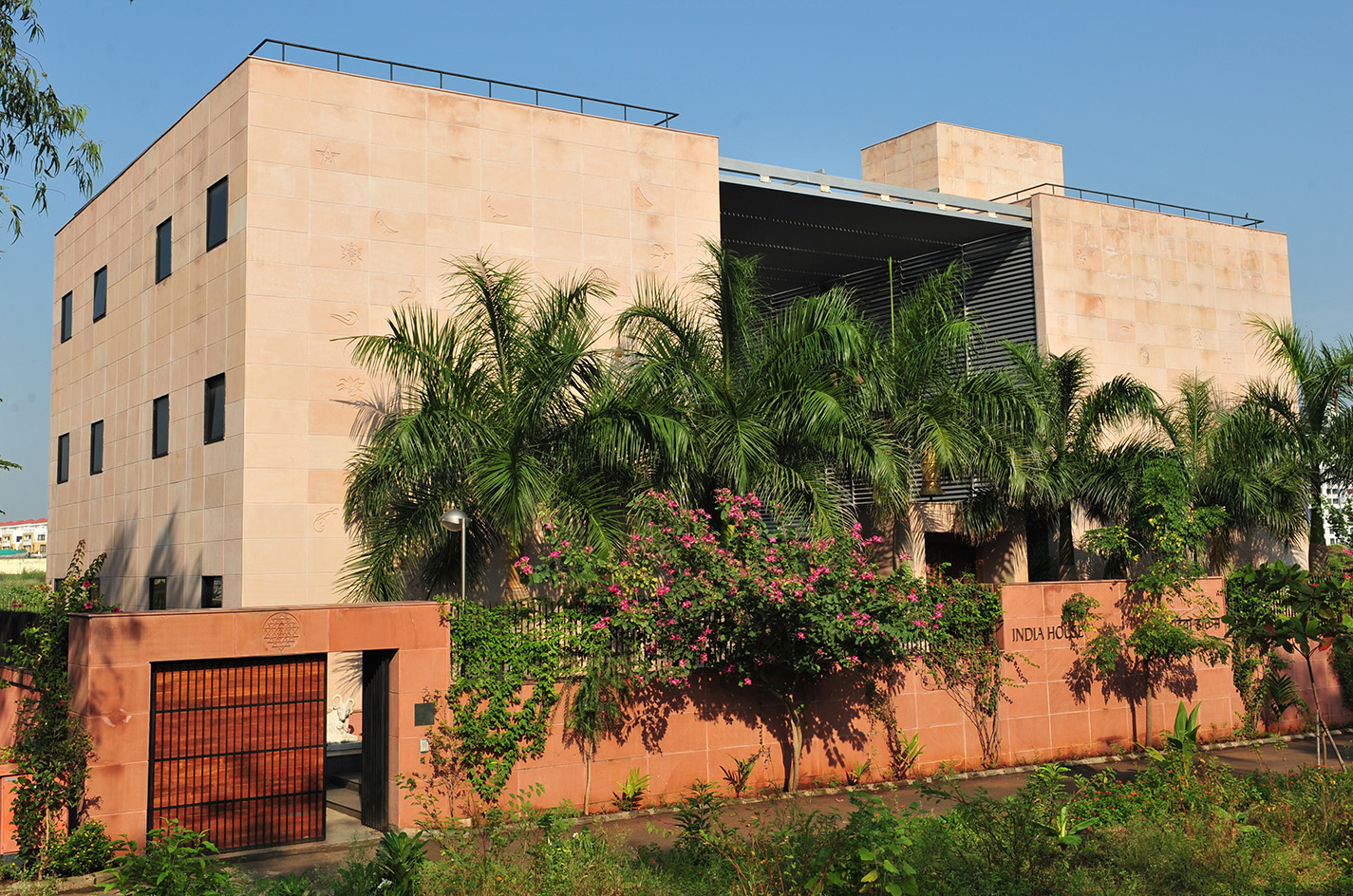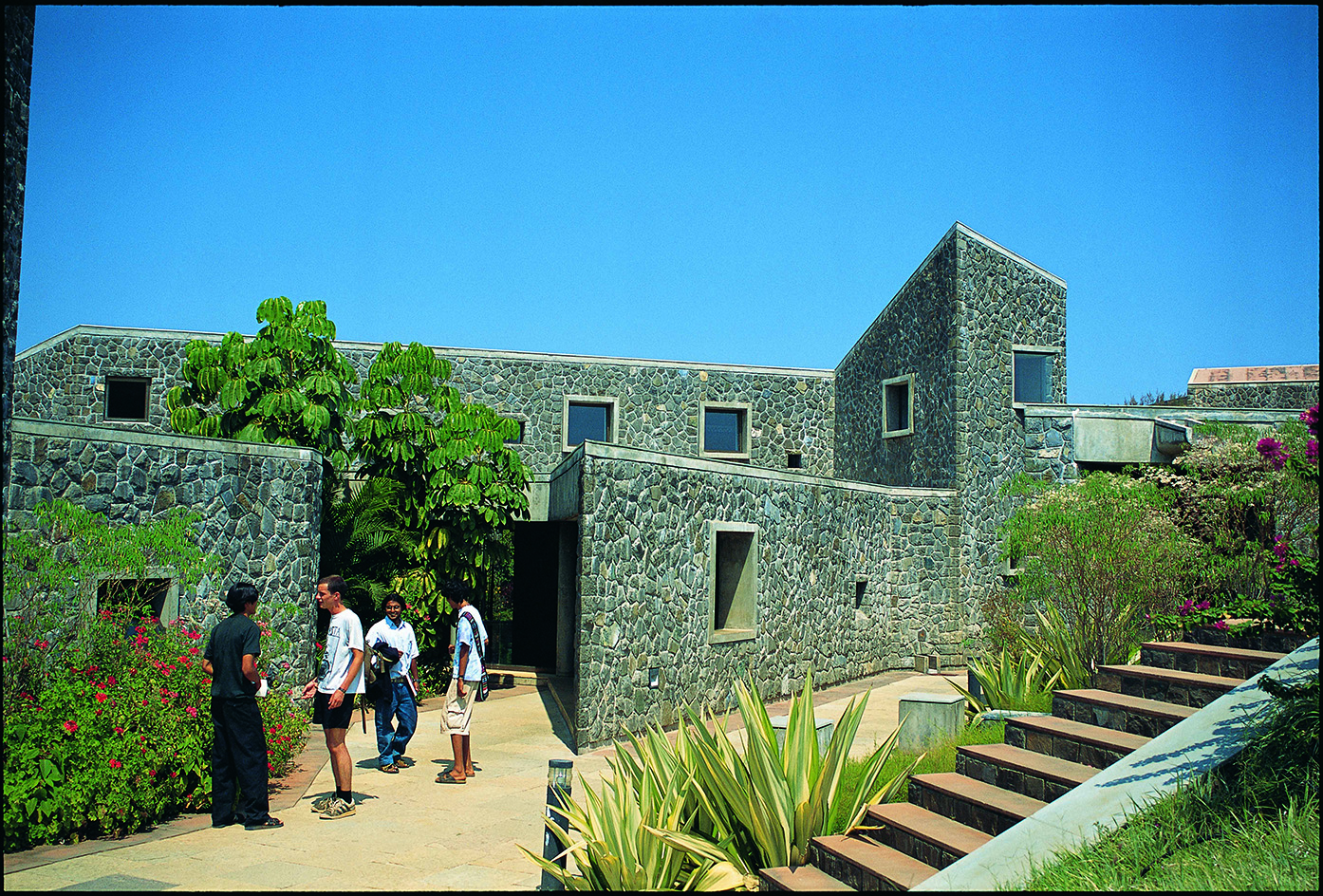
Christopher Charles Benninger, the influential architect, urbanist, and educator, passed away at 82 on 2 October 2024, in Pune, India. Born in Ohio, Benninger lived most of his life in India, which he regarded as his homeland, immersing himself in the country’s dynamic journey towards modernity.
Drawn by India’s vibrant tapestry of culture and its myriad post-colonial challenges, he engaged deeply with the nation’s aspirations. He embraced the belief that 'architecture is the art of creating space for the human spirit'. For him, architecture transcended mere design; it served as a catalyst for social change, reflecting the hopes and narratives of the communities it served.
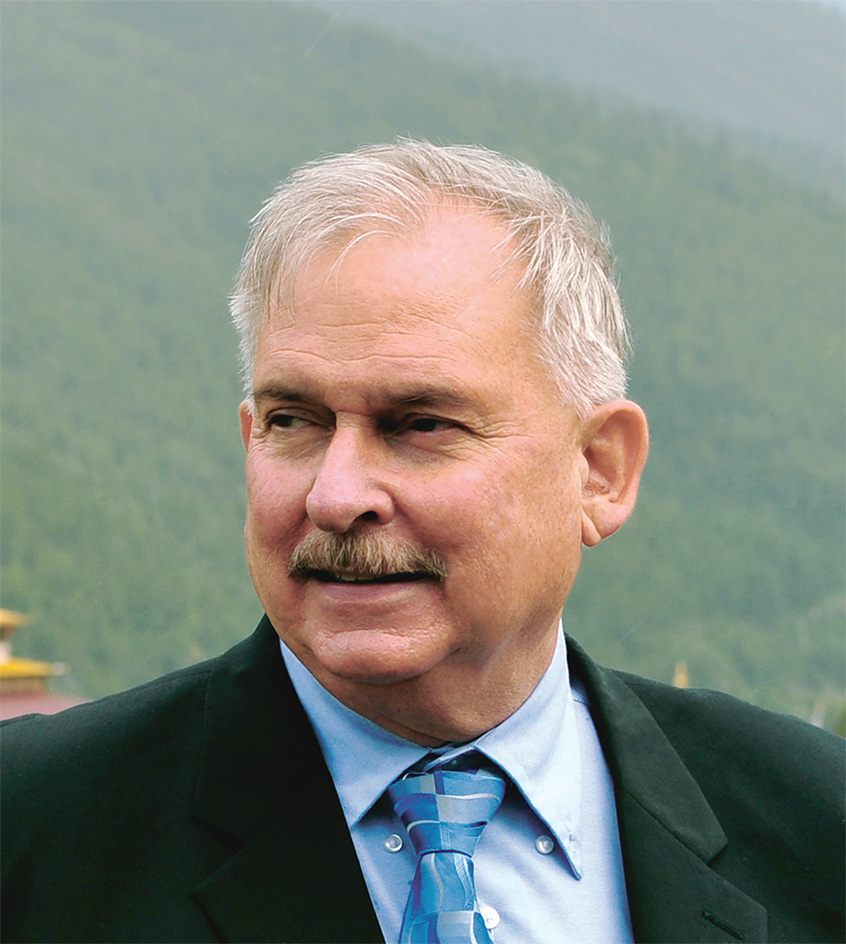
Remembering Christopher Charles Benninger
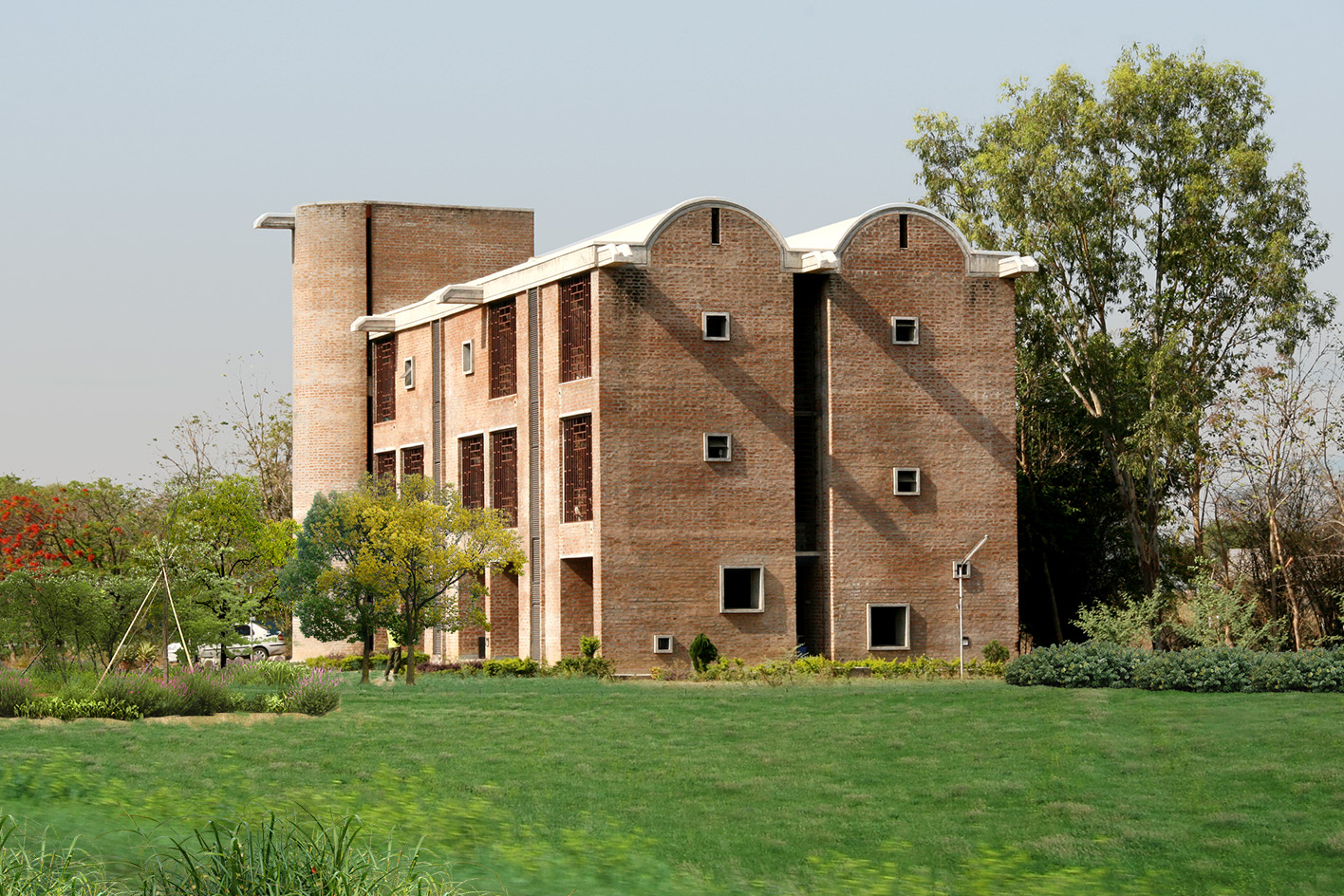
After leaving a tenure position at the Harvard Graduate School of Design, Benninger co-founded the School of Planning at what is now CEPT University in Ahmedabad in 1971, alongside BV Doshi (Doshi also passed, in 2023). Education was central to his life. He established many important educational institutes and campuses, designed programmes and curricula, and taught and wrote extensively in both formal and informal capacities. His studio at India House in Pune became a vibrant nexus of creativity, now led by Ramprasad Akkisetti (Ram), his loving life partner, who continues to further his legacy.
'The best architecture is born from the dialogues we have with the world around us.' This philosophy underpinned Benninger’s work, inspiring future generations to engage meaningfully with their environments.

In a rapidly evolving India, he designed extensive low-income housing projects for urban development authorities and state governments between 1972 and 1986, established the Centre for Development Studies and Activities in Pune in 1976, and prepared development plans for cities in Sri Lanka (1979–83), India (1971–96), and Bhutan (1979–86).
His focus on community needs and poverty alleviation informed his notable projects, including the Mahindra United World College in Nanegaon, the Alliance Française in Gujarat, the Baja Science Centre, the Kochi Refinery Headquarters, Azim Premji University, and the SOS Children’s Village in Bhawana, Delhi. Additionally, he constructed the United Nations House in Bhutan and contributed to the Thimphu Capital Plan and National Ceremonial Plaza.
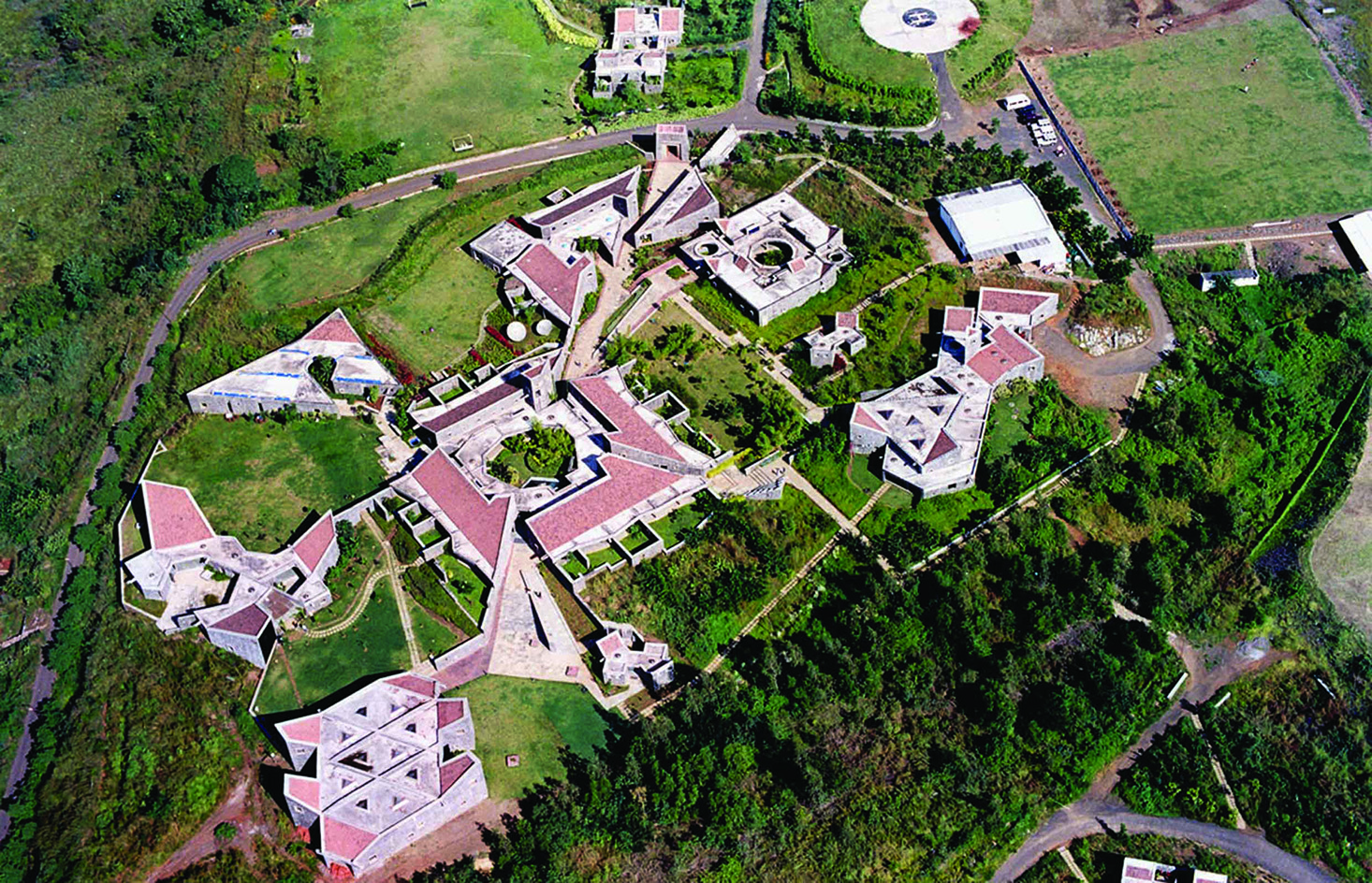
Viewing cities as living entities, Benninger intertwined the narratives of people, buildings, and landscapes. He championed participatory planning, inviting communities into the design process to address urban challenges. His commitment to sustainability and culturally resonant design made him a pivotal figure in the discourse on equitable urban development.
Conversations with Benninger were expansive, exploring the diverse nature of India and the interplay of people and ideas. His life was a dialogue with emerging architects, revealing design philosophies rooted in authenticity and 'honest expression'. Fluent in local materials and cultural narratives, he practised 'critical regionalism', creating spaces that resonated deeply with their surroundings.
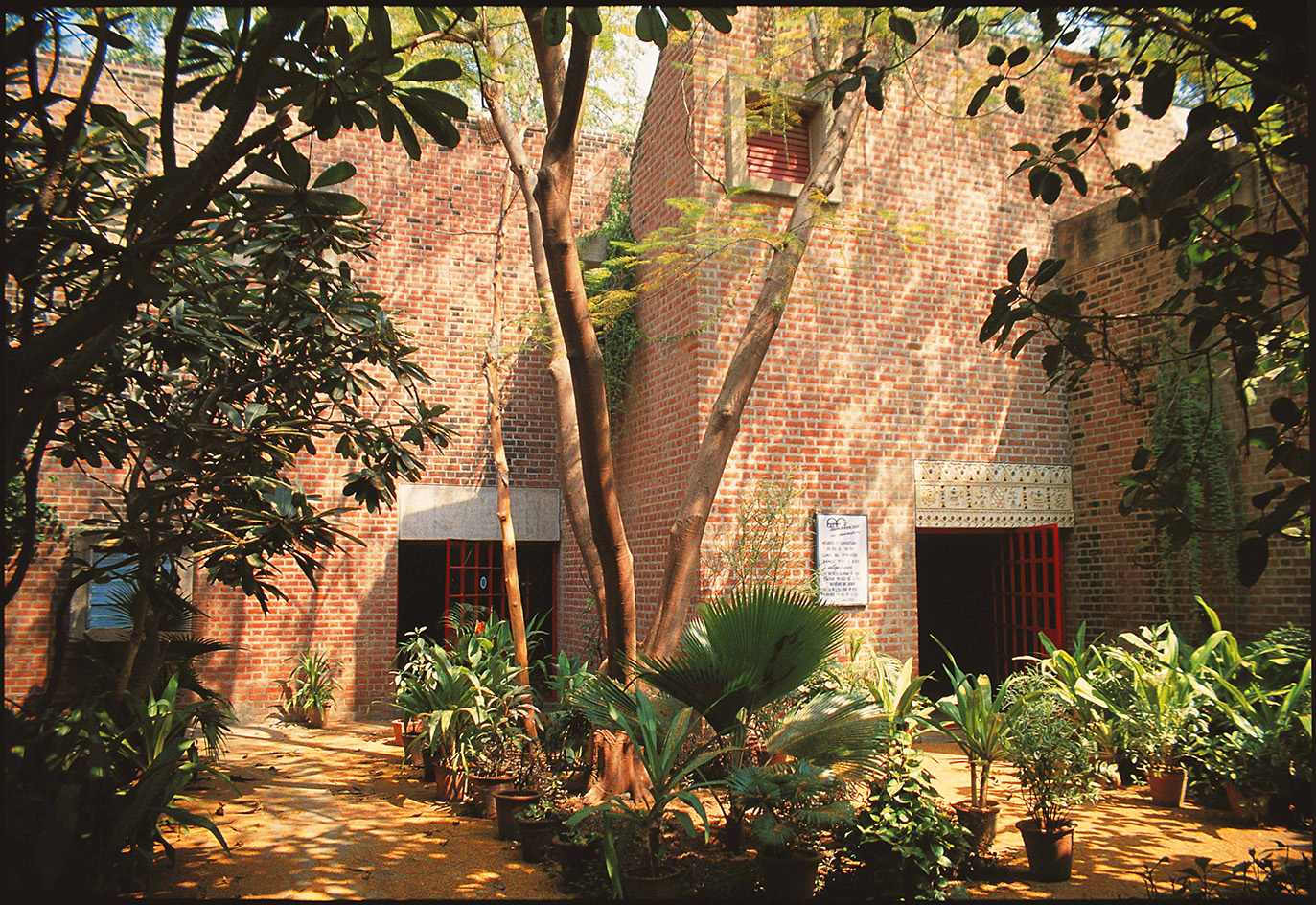
He collaborated with and learned from luminaries such as José Luis Sert, Walter Gropius, Jerry Soltan, Fumihiko Maki, Kevin Lynch, Herbert Gans, Edmund Bacon, Margaret Mead, and Buckminster Fuller. He taught studios with Jane Drew and Roger Montgomery, studied economics under John Kenneth Galbraith, and became Barbara Ward’s protégé.
As he often remarked, 'Be, not seem', a philosophy that invites deeper engagement with the world. Benninger’s spirit, rich in critical thought and creative solutions, will continue to inspire architects and thinkers globally, reminding us of the profound impact design can have on society. His legacy invites us to celebrate life through the lens of thoughtful architecture.
